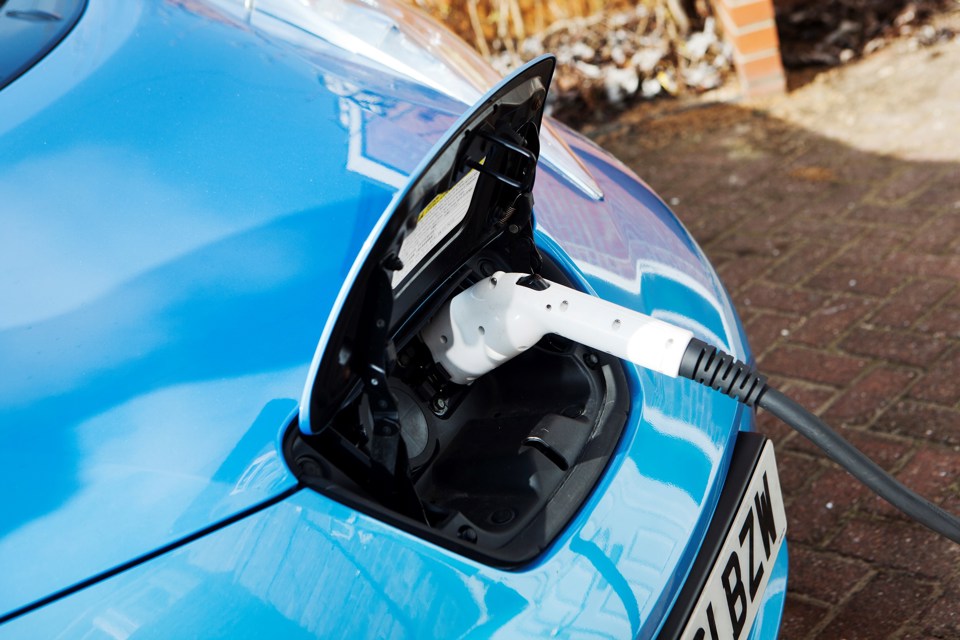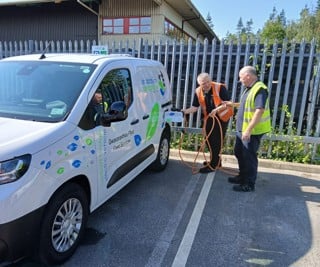CarConnect, a project to help the electricity industry understand how plug-in electric vehicles charge in harmony with the electricity grid, is now underway.
Analysis by the My Electric Avenue project showed that by 2050 the electricity industry in Great Britain may have to invest an additional £2.2billion to upgrade supply infrastructure to cope with the additional demand from plug-in-vehicles.
Funded through the Network Innovation Allowance, CarConnect aims to find solutions that could avoid the need to replace electricity substations and cables to customers’ homes and workplaces, saving significant cost and disruption.
The project is hosted by Western Power Distribution (WPD) and delivered by EA Technology, Drive Electric and Lucy Electric Gridkey. TRL will take on a project oversight role.
Roger Hey, Western Power Distribution’s future networks manager, said: “Distributing all the energy required for plug-in-vehicles would significantly alter how our network operates.
“CarConnect will provide us with the tools to model, monitor and act to minimise the impact of growing plug-in-vehicle electricity demand on customers’ bills.”
Dave A Roberts, Smart Interventions director at EA Technology, said: “There’s a great deal of talk about vehicle-to-grid technology, and, if market conditions allow, the CarConnect project will offer the trial platform for this technology too.”
Hey added: “In our own homes an extra 3kW or 7kW is a significant, but manageable electricity load– it’s the time that a vehicle is charging that makes the difference. A full charge for a high-end plug-in-vehicle could take 8-10 hours, even with a 7kW charger.”
CarConnect will develop and investigate whether PIV demand control services, that can reduce stop or even reverse charging at certain times of day, can be delivered in a way that meets drivers’ needs for charge for journeys, sharing charge constraints out amongst a wide group of customers and using vehicle-to-grid systems to help in balancing supply and demand.



















Login to comment
Comments
No comments have been made yet.